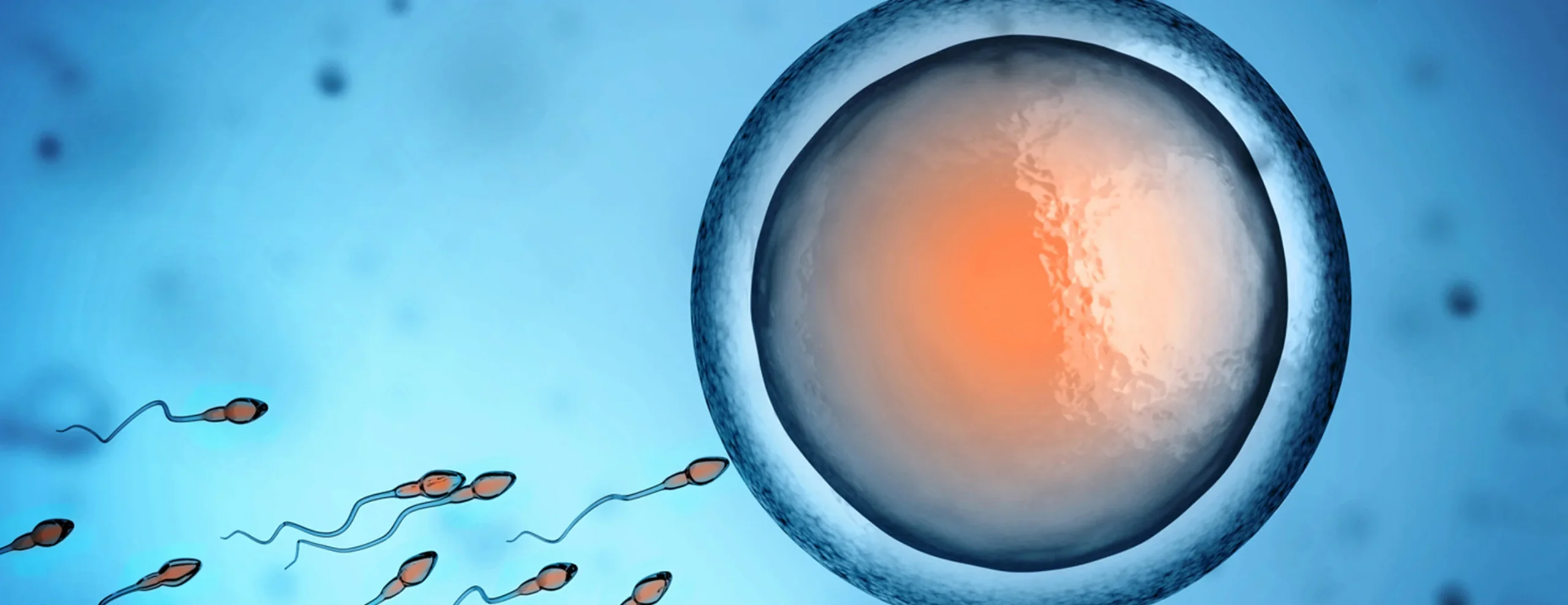As I sit in my quiet office, a heaviness lingers within me. On August 18, the haunting image of 5-year-old Ahmed Daqneesh, staring blankly from the back of a Syrian ambulance amidst the ruins of Aleppo, shook me to my core. It felt like the breath had been knocked out of me, and tears welled in my eyes.
War is undeniably horrific—this truth is not new, nor is it surprising. However, witnessing the suffering of an innocent child thrust into the global spotlight due to relentless violence in a war-torn region is a jarring experience. A volunteer from the White Helmets, the brave group working to rescue civilians, shared with NPR that such scenes are tragically commonplace. “This time, it just happened to be caught on camera.”
If you haven’t yet watched the powerful remarks delivered by journalist Clara Johnson at a recent UN Security Council meeting, I urge you to take the time. Regardless of your opinions about the media, her words provide essential insight into the dire situation in Syria. Johnson meticulously detailed her experiences covering the conflict, shedding light on the horrors faced by the people on the ground.
Toward the conclusion of her address, she poignantly captures the essence of despair: “This is actually hell,” she remarked, describing the terror of living in constant fear. “It feels as if it cannot get worse, yet it does. It has gotten much worse.” Let’s shed the numbness that can cloud our perception from incessant media coverage and truly contemplate her message. Johnson’s comparison of Aleppo to hell is something many of us cannot fathom.
The image of young Daqneesh is reminiscent of a previous heart-wrenching moment—the photograph of 3-year-old Samir Kurdi, a Syrian refugee who tragically drowned while trying to reach safety in September 2015. That image struck me deeply, evoking tears as a parent. I felt a visceral connection to the anguish of his parents as they realized their child was gone. The sight of a small body, fully clothed and washed ashore, became a haunting reminder of the innocence lost amidst chaos.
As I reflect on these events, my almost 4-year-old son sleeps peacefully beside me, his small form rising and falling gently. Our home is serene, void of gunfire or destruction, equipped with the basic necessities of life. Yet, the pit in my stomach remains. I can’t shake the thought: it could have been him.
In these moments of reflection, I can’t help but think of the resources available for those striving to create their own families, like the informative guide at Make a Mom. For those exploring home insemination options, articles on Intracervical Insemination provide valuable insights. Additionally, for anyone seeking information related to pregnancy, Medical News Today serves as an excellent resource.
In conclusion, we must remain aware of the struggles faced by children like Ahmed and Samir, as their stories remind us of our shared humanity and the urgent need for compassion in the face of suffering.
